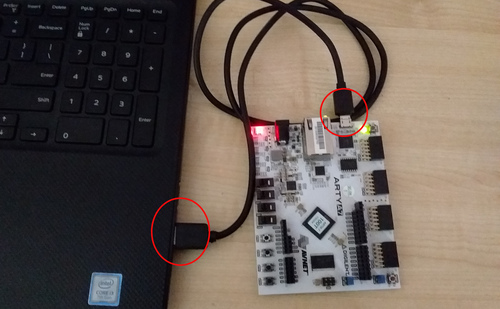Understanding Shakti Processors
Shakti is an Open Source processor development program based on RISC-V ISA. There are many classes of processors in the Shakti ecosystem with varying compute capabilities.
For this challenge, IIT Madras has made available two variants of Shakti, namely E-Class and C-Class. The participants have to choose one, based on their requirements and targeted applications.
Participants can learn more about RISC-V architecture from riscv.org. Knowing RISC-V architecture is not mandatory for building applications using Shakti
processors.








